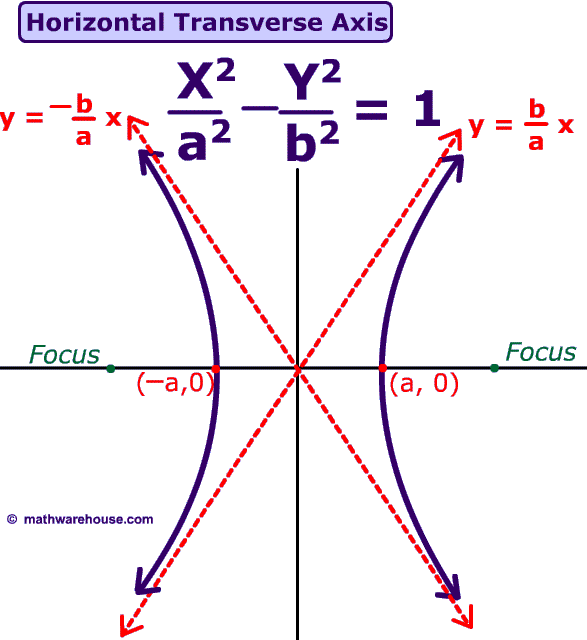1. 30 degree triangle
Here we have a 30 degree triangle. The angle opposite of the 30 degree angle has a length of 1, the adjacent side has the length of √3, and the hypotenuse side has a length of 2. Labeling the triangle, the horizontal side is x, the vertical side is y (just like on a graph!), and the hypotenuse is r (for radius). Because we're dealing with special right triangles in a unit circle, we need the hypotenuse to equal 1. In this case, we need to divide all sides by 2, which would give us:
x=√3/2
y=1/2
r=1
When we plot the triangle in a graph in quadrant 1, we have the labeled angle of 30 degrees as the origin or (0,0), the right angle would be (√3/2,0), and the 60 degree angle would be (√3/2, 1/2).
Here we have a 45 degree triangle. Notice that because 2 sides of the triangle has the same angle of 45 degrees, the opposite sides of each angle has the same length of 1. The hypotenuse of the 45 triangle is √2. Labeling the triangle, we need to divide all the sides by √2, which would give us:
x and y= √2/2
r=1
When we plot the triangle in a graph in quadrant 1, we have the labeled angle of 45 degrees as the origin or (0,0), the right angle would be (√2/2,0), and the 60 degree angle would be (√2/2,√2/2).
http://images.books24x7.com/bookimages/id_15618/fig441_03.jpg
3. 60 degree triangle
If you couldn't already tell, the 60 degree triangle is the same as the 30 degree triangle, just flipped around. The side opposite of the 60 degree angle has the length of √3 ,the adjacent side has the length of 1, and the hypotenuse has the length of 2 (just like the 30 degree angle). Labeling the triangle, again we need to divide all sides by 2, which would give us:
x=1/2
y=√3/2
r=1
When we plot the triangle in a graph in quadrant 1, we have the labeled angle of 60 degrees as the origin or (0,0), the right angle would be (1/2,0), and the 60 degree angle would be (1/2,√3/2).
4. The activity and the use of these triangles allows us to understand and connect the parts of the unit circle, such as the length values and ordered pairs. All the points of the unit circle go with either the 30, 45, or 60 degree angles, which are seen throughout the other quadrants. We notice a pattern of reference angles, radians, and ordered pairs. Doing these triangles of quadrant 1 allow us to comprehend the other quadrants because they are all the same, just flipped. We can also explain the ordered parts of the quadrant angles, 0/ 360 degrees is (1,0), 90 degrees is (0,1), 180 degrees is (-1,0), and 270 degrees is (0,-1).
5. The triangles in this activity lie in the first quadrant. When we draw these triangles in the other quadrants, the ordered pairs switch around with negatives due to their position. For quadrant 2, all of the x values would be negative (left of y axis). For quadrant 3, both x and y values would be negative (left of y axis and below x axis). For quadrant 4, y values would be negative (under x axis).
Quadrant 2: 30 degree triangle: all x values negative
Quadrant 3: 45 degree triangle: all x and y values negative
Quadrant 4: 60 degree triangle: all y values negative
INQUIRY ACTIVITY REFLECTION
1. The coolest thing I learned from this activity was how all the 4 quadrants follow the same patterns of special triangles, making it easier to plot down the unit circles parts.
2. This activity will help me in this unit because I understand where the values of the Unit Circle comes from, that the numbers are not random but patterned, and that you can find them using special right triangles.
3. Something I never realized before about special right triangles and the unit circle is how they are all interconnected. I never noticed that you could be able to draw these special right triangles with in the Unit Circle and have all the ordered pairs the same, just a fix of negatives.







